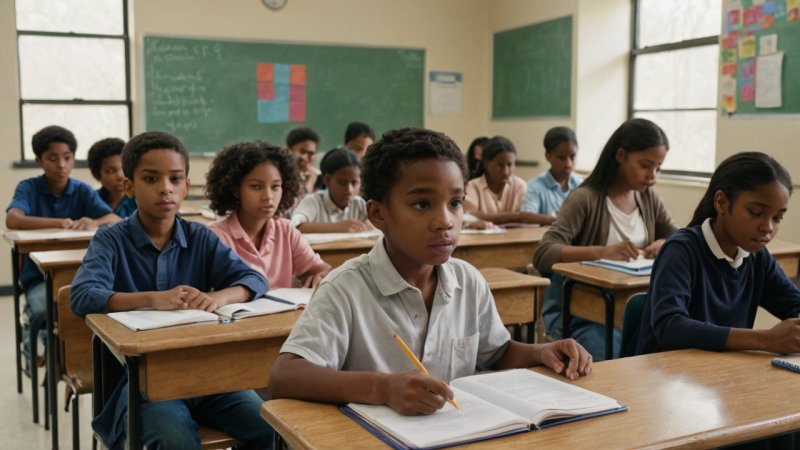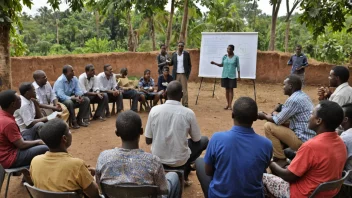Poverty is a pervasive issue that affects millions of individuals worldwide, significantly hindering access to education and literacy. The cycle of poverty not only limits financial resources but also impacts a child's ability to learn and thrive academically. This article explores the various ways poverty influences education and literacy, highlighting critical areas where action can be taken to break this cycle and promote equitable access to education for all.
1. Limited Financial Resources
One of the most direct impacts of poverty on education is the lack of financial resources. Families living in poverty often struggle to afford basic necessities, leaving little room for educational expenses. This can manifest in several ways:
- School Fees: Many schools require fees for enrollment, materials, and extracurricular activities, which can be prohibitive for low-income families.
- Transportation Costs: Traveling to school may be a financial burden, especially in rural areas where schools are far away.
- Access to Technology: In an increasingly digital world, the lack of access to computers and the internet can severely limit a child's educational opportunities.
2. Inadequate Educational Facilities
Poverty often correlates with poor infrastructure in educational institutions. Schools in low-income areas frequently lack essential resources, which can hinder effective learning:
- Overcrowded Classrooms: A high student-to-teacher ratio can impede personalized learning and attention.
- Insufficient Supplies: Schools may struggle to provide basic supplies such as textbooks, writing materials, and even meals.
- Unsafe Learning Environments: Many schools in impoverished areas may not meet safety standards, creating an unsettling atmosphere for learning.
3. Health and Wellbeing Challenges
Children in poverty often face health challenges that can directly impact their educational success. Health issues can lead to increased absenteeism and difficulty concentrating in class:
- Nutritional Deficiencies: Lack of access to nutritious food can affect cognitive function and overall health.
- Mental Health Issues: The stress of living in poverty can lead to anxiety and depression, further hindering educational performance.
- Chronic Illnesses: Children with untreated health conditions may miss school frequently, falling behind in their studies.
4. Social and Emotional Barriers
Poverty can also create significant social and emotional challenges that affect a child's ability to learn. These barriers can manifest in various ways:
- Low Self-Esteem: Children from low-income backgrounds may feel stigmatized or less capable than their peers.
- Family Instability: Economic stress can lead to family strife, which can distract children from their education.
- Limited Support Networks: Families in poverty may lack access to mentors or role models who can encourage educational aspirations.
5. Community and Policy Solutions
Addressing the impact of poverty on education requires a multifaceted approach that includes community involvement and policy changes:
- Community Programs: Local organizations can offer tutoring, mentorship, and after-school programs to support children in low-income areas.
- Advocacy for Policy Change: Advocating for policies that provide funding for schools in impoverished areas can help improve educational resources.
- Partnerships with Nonprofits: Collaborating with nonprofit organizations can help provide essential services, such as healthcare and nutritional support, to low-income families.






